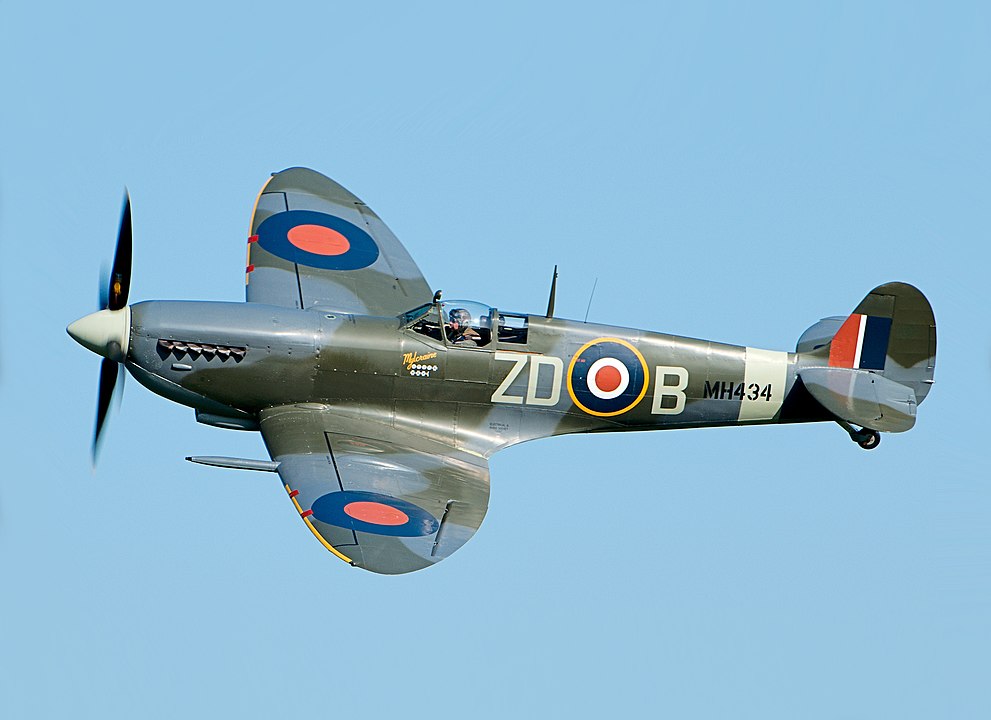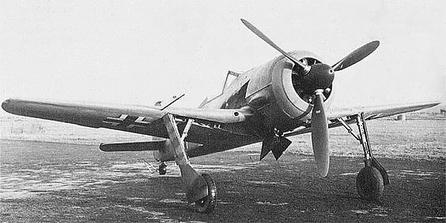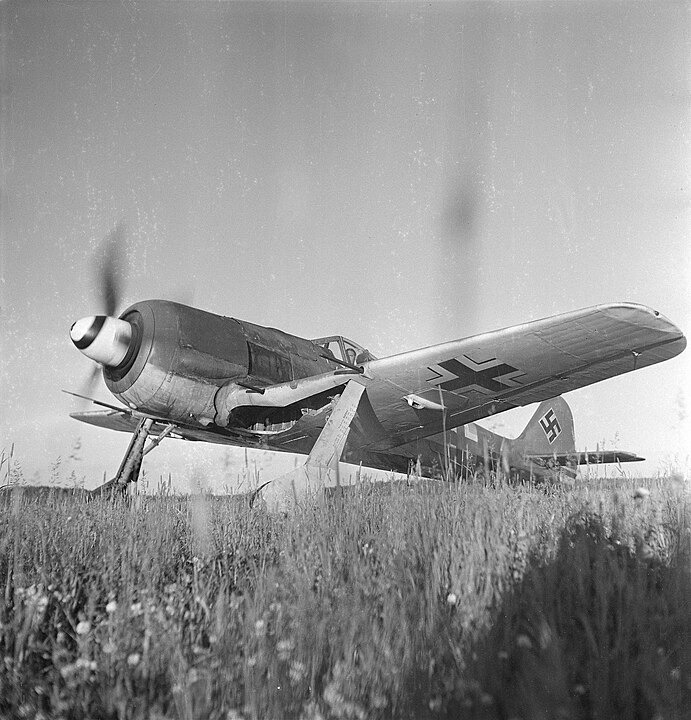
The annals of World War II are replete with tales of bravery, strategy, and innovation, prominently featuring the fighter aircraft that became legends in the sky.

From the grace of the Spitfire to the precision of the Messerschmitt Bf 109, these flying machines were not mere tools of war; they were symbols of national pride and technological prowess, shaping the very outcome of the global conflict.

The Supermarine Spitfire, with its distinctive elliptical wings and unmatched dogfighting capabilities, stood as the sentinel of the British skies, valuing responsiveness and power that resonated with the pilots and public alike.

The aircraft’s reputation was such that as many as 70 remain airworthy today, serving as living museums that pay homage to the courage and ingenuity of an era long gone.

Across the Atlantic, the North American P-51 Mustang redefined American air power. Lauded for its speed, range, and formidable presence in high-altitude dogfights, the Mustang became an emblem of American tenacity, one that endured in service until 1984 and continues to captivate civilians through air racing and static displays.

The German engineering marvel, the Messerschmitt Bf 109, was the backbone of the Luftwaffe, showcasing the nation’s penchant for precision and technological advancement.

The Bf 109, with its sleek design and potent firepower, gave the Allies a formidable challenge in the skies and underwent continual upgrades to maintain its edge throughout the war.

Yet, it was the Focke-Wulf FW-190 that many considered the best fighter aircraft of the era. With more than 40 different models and an unexpected agility that often took Allied forces by surprise, the FW-190 was a testament to German innovation.

It demonstrated its prowess repeatedly, notably during the defense of aircraft works at Kassel and Oschersleben, where FW-190 pilots wielded under-wing rockets to devastating effect against American B-17 bombers.

The FW-190’s impact extended beyond its immediate wartime role, spurring technological advances in Allied aircraft design. The capture of an FW-190A by the RAF in 1942 allowed the British to glean insights into its construction, directly influencing the development of the Hawker Fury.

The FW-190A1 carried four rifle-caliber machine guns, two in the cowling and two in the wing roots, all of which were fired through the propeller arc.

The event that resulted in the capture of the Focke-Wulf most likely contributed to saving the lives of countless RAF pilots.

The Messerschmitt Bf 109 and the Spitfire, engaged in a high-stakes aerial ballet over Britain, were nearly matched in prowess.

While the Spitfire boasted superior maneuverability and a faster rate of turn, the Bf 109’s rapid climb and steep dive capabilities, thanks to its fuel-injected engine, made it a deadly foe.

Throughout the war, the Messerschmitt Bf 109 underwent various upgrades and modifications – serving as bomber escorts, fighter-bombers, and aerial reconnaissance aircraft – maintaining its status as a feared and respected aircraft.
Relevant articles:
– Iconic Fighter Aircraft Of World War II: Spitfires, Mustangs, and Messerschmitts, Simple Flying, Jul 9, 2023
– The Focke-Wulf FW-190: Best Fighter Aircraft of WWII, warfarehistorynetwork.com
– Messerschmitt Bf 109: The Spitfire’s nemesis, iwm.org.uk
– 10 Of The Most Iconic Fighter Jets Ever Built, slashgear.com

